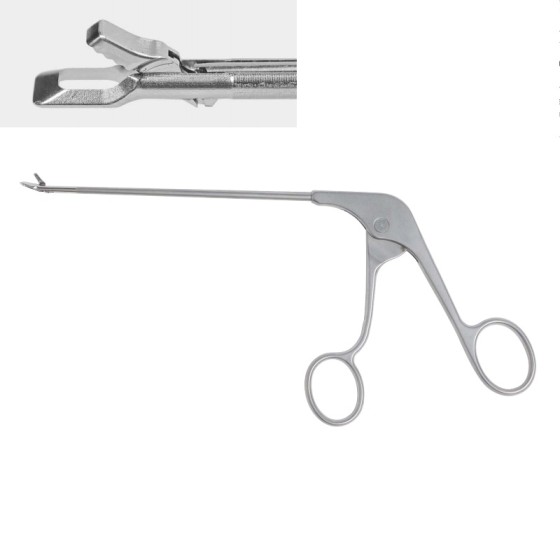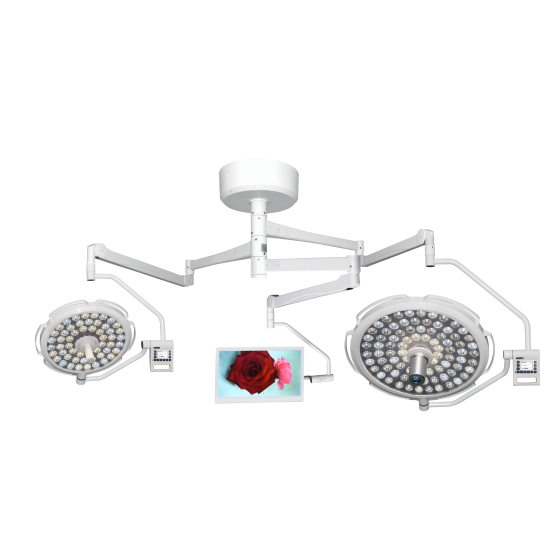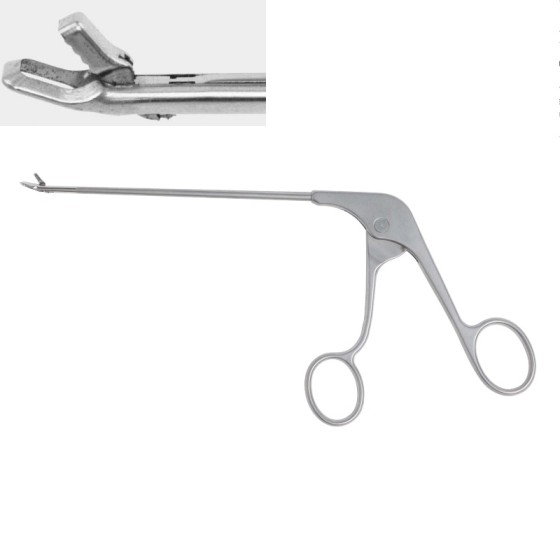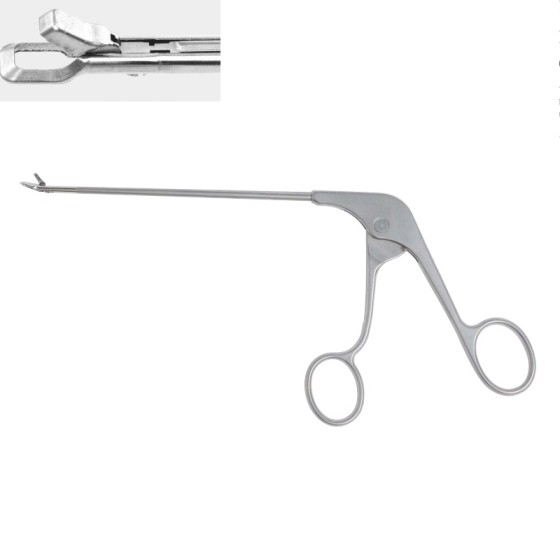-
Camera system
Camera system
-
Orthopedics
sports medicineSingle portal endoscopy systemDisposable Bipolar Plasma RF Electrode for Orthopedics
-
Urinary
Urological electrocision endoscopeBipolar electrosurgical urological plasma resection systemUrological bipolar electrotomyDisposable bipolar plasma urinary tract resection ringUreteroscopy
- Training Academy Spine training
-
Medical accessories
New
Sapphire gold-platedInfusion pump
- ENT
- News
- Latest Products
Menu
Camera system
sports medicine
Single portal endoscopy system
Disposable Bipolar Plasma RF Electrode for Orthopedics
Urological electrocision endoscope
Bipolar electrosurgical urological plasma resection system
Urological bipolar electrotomy
Disposable bipolar plasma urinary tract resection ring
Ureteroscopy
Sapphire gold-plated
Infusion pump









